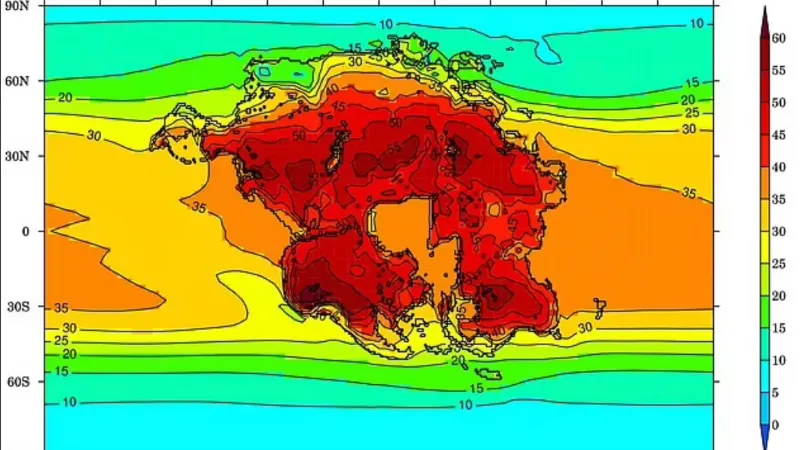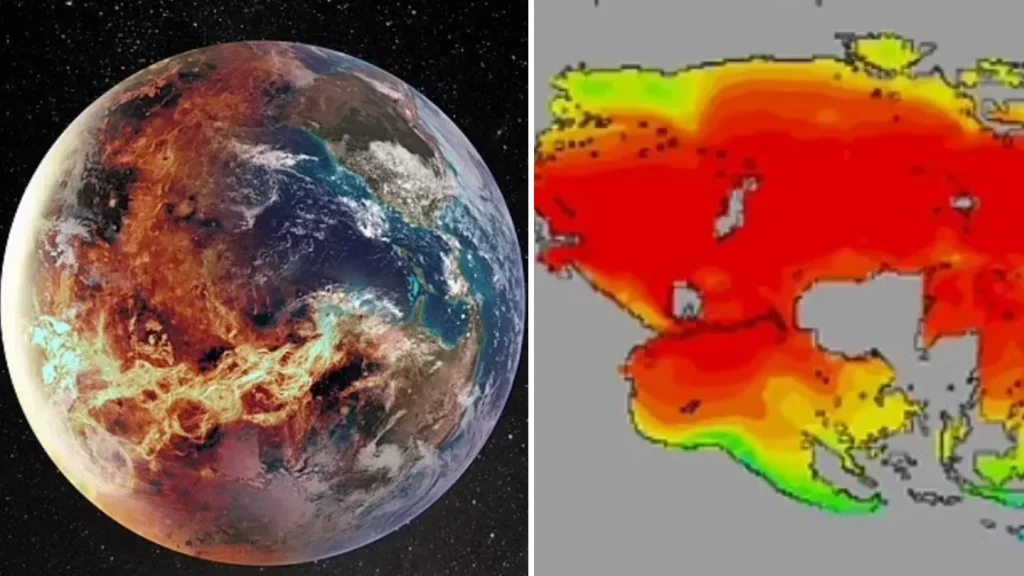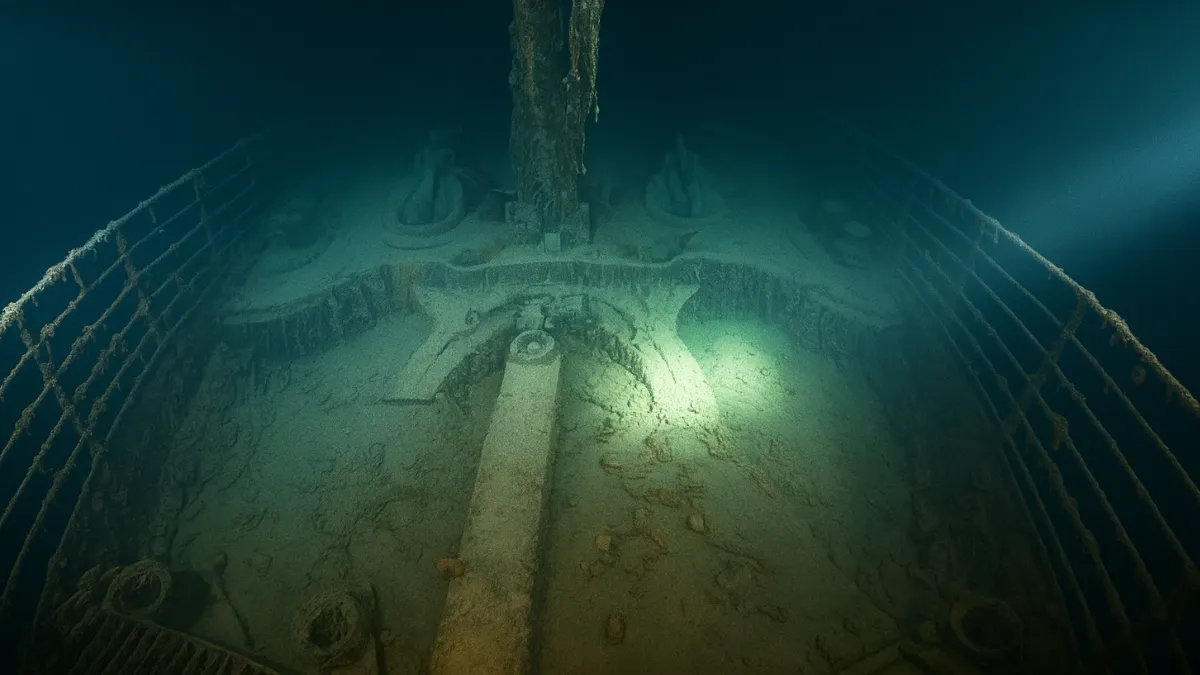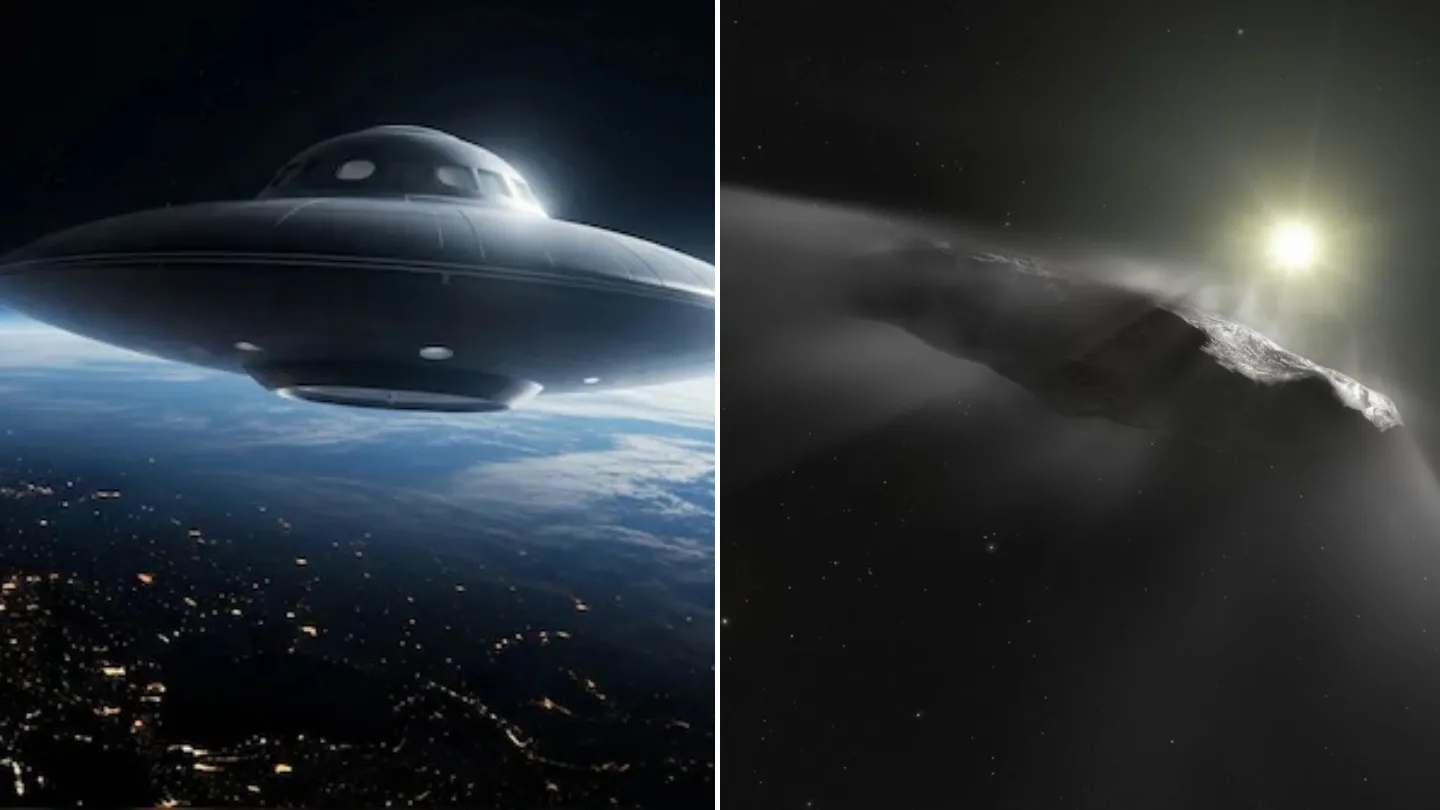A chilling new forecast about Earth’s distant future has emerged—and it’s not something out of a sci-fi thriller.
Researchers at the University of Bristol have revealed that our planet could experience a catastrophic mass extinction that wipes out all mammalian life, including humans.
But what’s shocking is that this doomsday scenario isn’t dependent on human-caused emissions. Even if we stopped burning fossil fuels today, scientists say the clock is still ticking.
According to the study, Earth’s continents will eventually merge into a single supercontinent called Pangea Ultima around 250 million years from now.
The planet will undergo a massive transformation, resulting in intense heat, frequent volcanic eruptions, and soaring carbon dioxide levels—all triggered naturally through tectonic activity and solar brightening.
Lead researcher Dr. Alexander Farnsworth explained that this future version of Earth will be largely uninhabitable. “The outlook in the distant future appears very bleak,” he said.

“Humans along with many other species would expire due to their inability to shed this heat through sweat, cooling their bodies.”
The team used cutting-edge supercomputer simulations to model this future world. They combined data on continental drift, solar evolution, volcanic activity, and CO2 levels to simulate how Pangea Ultima would reshape Earth’s climate.
The outcome? Widespread temperatures between 40°C and 70°C (104°F to 158°F), extreme humidity, and a sharp reduction in livable land.
“Only about 8 to 16 percent of the land surface would be habitable for mammals,” the study notes, and even then, survival would be nearly impossible.
The merged continents would trap heat, eliminating the moderating effects of oceans. Combined with a brighter sun and higher carbon levels, this would create a hostile environment across the globe.

Pangea Ultima is expected to take the shape of a doughnut, with a massive inland sea at the center. The surrounding Pacific Ocean would become the dominant body of water, as the once-mighty Atlantic disappears.
But perhaps the most alarming detail isn’t the heat or geography it’s that the researchers didn’t even factor in today’s man made emissions. Professor Benjamin Mills of the University of Leeds pointed out, “This assumes that humans will stop burning fossil fuels, otherwise we will see those numbers much, much sooner.”
In other words, we’re accelerating our own timeline.
Dr. Farnsworth also warned that even advanced technology may not be enough to save us. “We might survive in environmentally controlled shelters with air conditioning. But we would also need controlled environments to produce food,” he said.

And if that’s not possible? Our only hope may lie off-world.
“Survival will depend on whether we can escape this planet,”
Farnsworth added. “And if not, whether we can use geoengineering to manage the climate.”
For now, the study paints a grim yet fascinating picture of Earth’s long-term future a future where life as we know it can’t survive, not because of a singular disaster, but because of the planet’s natural and unstoppable evolution.
Feature Image Credit: (University of bristol)





